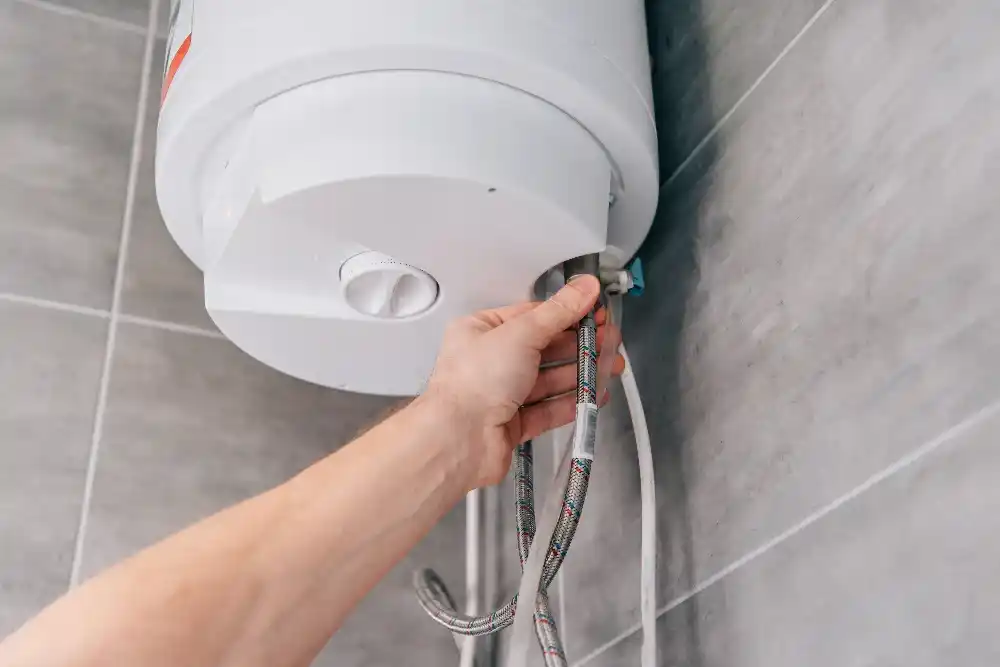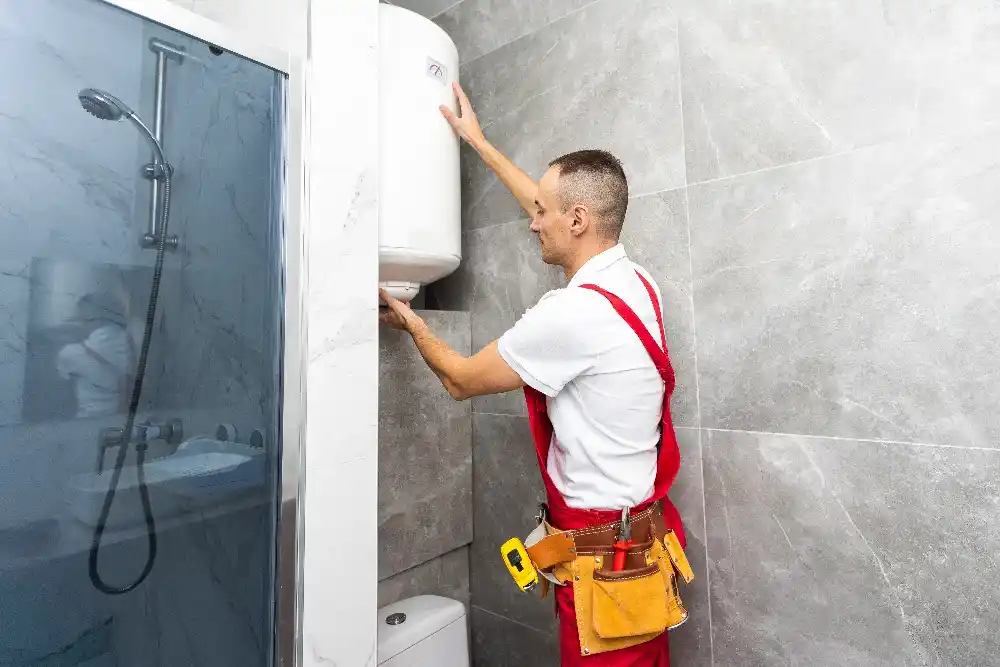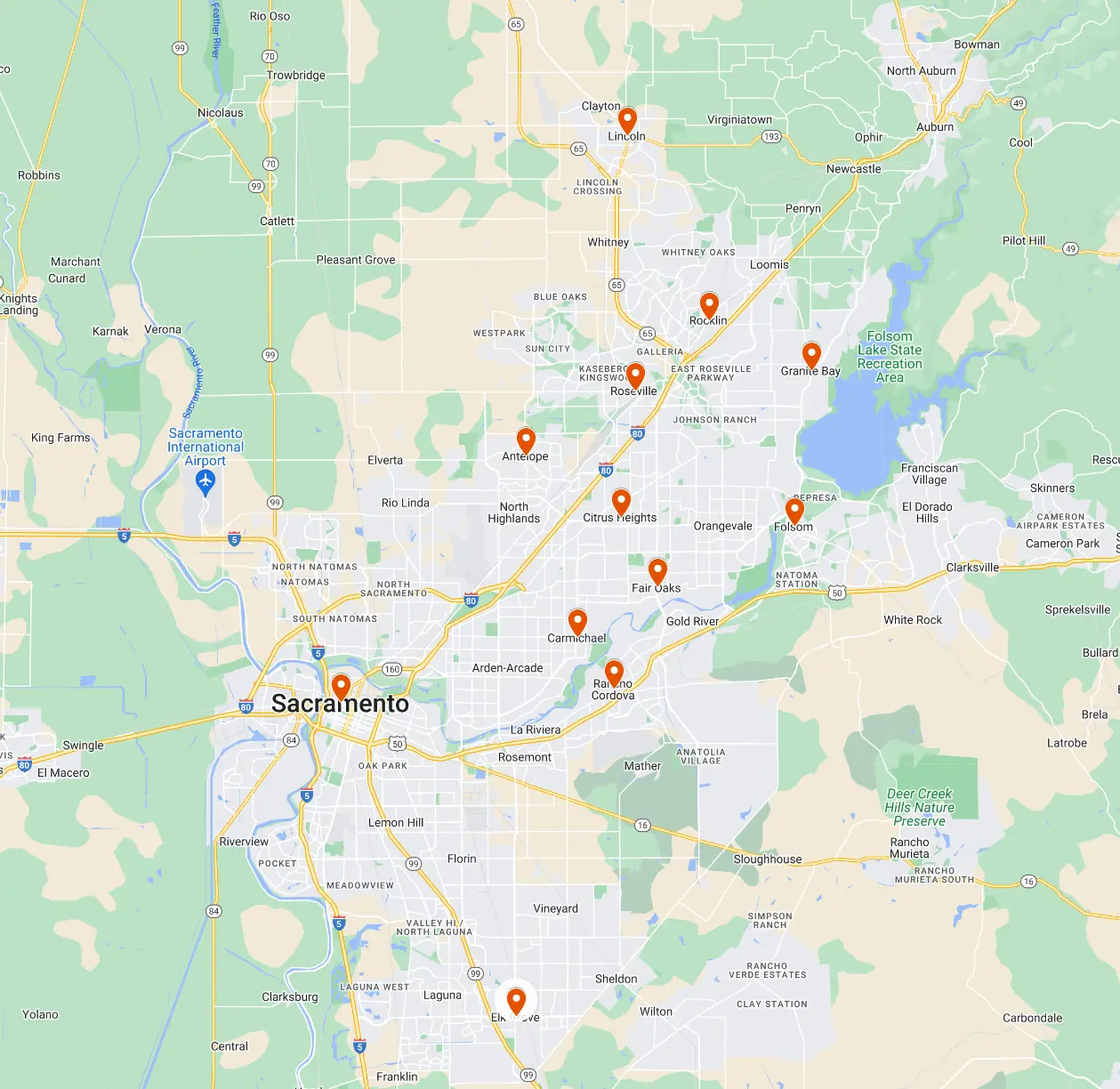Tankless water heaters are an excellent investment for modern homes. They’re efficient, space-saving, and provide hot water on demand. However, regular care is essential to keep them working efficiently, like any other home appliance. If you’re wondering how to clean a tankless water heater, this step-by-step guide will provide simple instructions.
How to Clean a Tankless Water Heater: Step-by-Step Guide
Regular tankless water heater maintenance ensures long life, consistent performance, and energy savings. Here’s how you can clean it at home.
1. Shut Off Power Supply and Gas Supply
Before you begin, safety is key. Start by turning off the power to your tankless water heater. If it’s electric, unplug it or switch off the breaker. If it’s gas-powered, close the gas supply valve. This step is essential when learning how to clean a tankless water heater.
2. Close the Isolation Valves
Next, locate and close the isolation valves on the hot and cold water lines. These valves prevent water from flowing into or out of the unit during cleaning. Most tankless water heaters have red (hot) and blue (cold) valves.
3. Connect the Hoses
Attach hoses to the service ports on both the hot and cold lines. You’ll need a submersible pump and a bucket for this step. These hoses will circulate the cleaning solution through your heater and are a key part of any tankless water heater cleaning process.
4. Prepare the Cleaning Solution
Fill your bucket with a solution of white vinegar or a descaling cleaner and water (about 4 gallons of vinegar is commonly used). Make sure the solution is safe for your unit’s materials. Avoid using harsh chemicals that can damage internal components.
5. Pump the Solution Through the System
Place the submersible pump into the bucket with the cleaning solution. Turn it on and let the solution circulate through the heater for 45 minutes to an hour. This is the most critical step in learning how to flush a tankless water heater, as it removes mineral deposits and limescale from the system.
6. Flush with Clean Water
Once the cleaning is complete, remove the pump and bucket. Then, connect the hoses to a clean water supply and let water run through the system for 5–10 minutes. This rinses out any leftover cleaning solution. Don’t skip this step — it ensures your water remains safe and fresh.
7. Reconnect and Restore power
After flushing, disconnect the hoses and reopen the isolation valves. Finally, turn on the power and gas supply to your heater. Your unit is now clean and ready to deliver hot water efficiently.
Detailed Tankless Water Heater Cleaning Procedures
Cleaning the Inlet Filter
The inlet filter keeps debris from entering your unit. Unscrew it and rinse it under running water to remove dirt or sediment. Cleaning this filter is an essential part of tankless water heater maintenance.
Inspecting and Cleaning the Burner
Burners can collect dust and residue over time. Remove the access panel and gently wipe the burner surface with a soft brush or cloth. A clean burner improves energy efficiency and helps your system heat water evenly.
Checking for Leaks and Corrosion
Once everything is cleaned and reassembled, inspect for any water leaks or signs of rust around the pipes or valves. Early detection of issues during tankless water heater cleaning can save you costly repairs later.

What Tools Do You Need to Flush Your Tankless Water Heater?
Here are the tools you’ll need:
- 2 washing machine hoses
- Submersible pump
- 5-gallon bucket
- White vinegar or descaling solution
- Adjustable wrench
- Screwdriver (if accessing filters or burners)
- Towel or rag for cleanup
The right tools make learning how to flush a tankless water heater much easier and more efficient.
Why Should You Flush Your Tankless Water Heater?
Flushing helps prevent mineral buildup (especially in hard water areas), which can clog the unit and reduce heating efficiency. Regular flushing:
- Improves energy efficiency
- Prevents overheating and damage
- Extends the lifespan of the heater
- Maintains consistent water pressure
If you’ve been asking yourself how to clean a tankless water heater, knowing why it’s crucial gives you extra motivation to stay on top of this essential task.
How to Troubleshoot Common Issues After Cleaning
Even after cleaning, some minor issues may arise. Here’s how to address them.
Low Water Pressure
If the water pressure is still low, recheck the inlet filter. It may need another rinse or could have been reinstalled incorrectly.
Error Codes
Consult your user manual if any error codes are displayed. Often, they relate to flow sensors, ignition, or maintenance reminders.
Unusual Noises
Popping or hissing sounds may indicate air trapped in the system. Run hot water for a few minutes to help push air out.
Professional Tankless Water Heater Maintenance vs. DIY
While DIY cleaning can save money and keep your system running well, sometimes calling a professional is best. If you:
- Notice severe scale buildup.
- See signs of corrosion or leaks.
- Don’t feel comfortable handling equipment.
Then a professional technician can help. They’ll handle the cleaning and check for safety issues, worn parts, and efficiency improvements. This is particularly helpful if you’ve skipped multiple years of maintenance.
Final Thoughts
Learning how to clean a tankless water heater doesn’t have to be complicated. You can handle basic tankless water heater maintenance with the right tools and at the right time. Whether cleaning filters, learning how to flush a tankless water heater, or doing a full tankless water heater cleaning, this routine is crucial to extending your heater’s lifespan and keeping your hot water flowing smoothly.
If you’d prefer to leave it to the pros, we’re here to help. At Clarke & Rush, we offer expert maintenance services that take the guesswork out of caring for your tankless water heater. Let us handle the details so you can enjoy uninterrupted comfort year-round.







